Why wildlife gardeners need to become garden designers ASAP
How do we garden for wildlife while getting our neighbours and communities onboard, too? It starts with a focus on design.
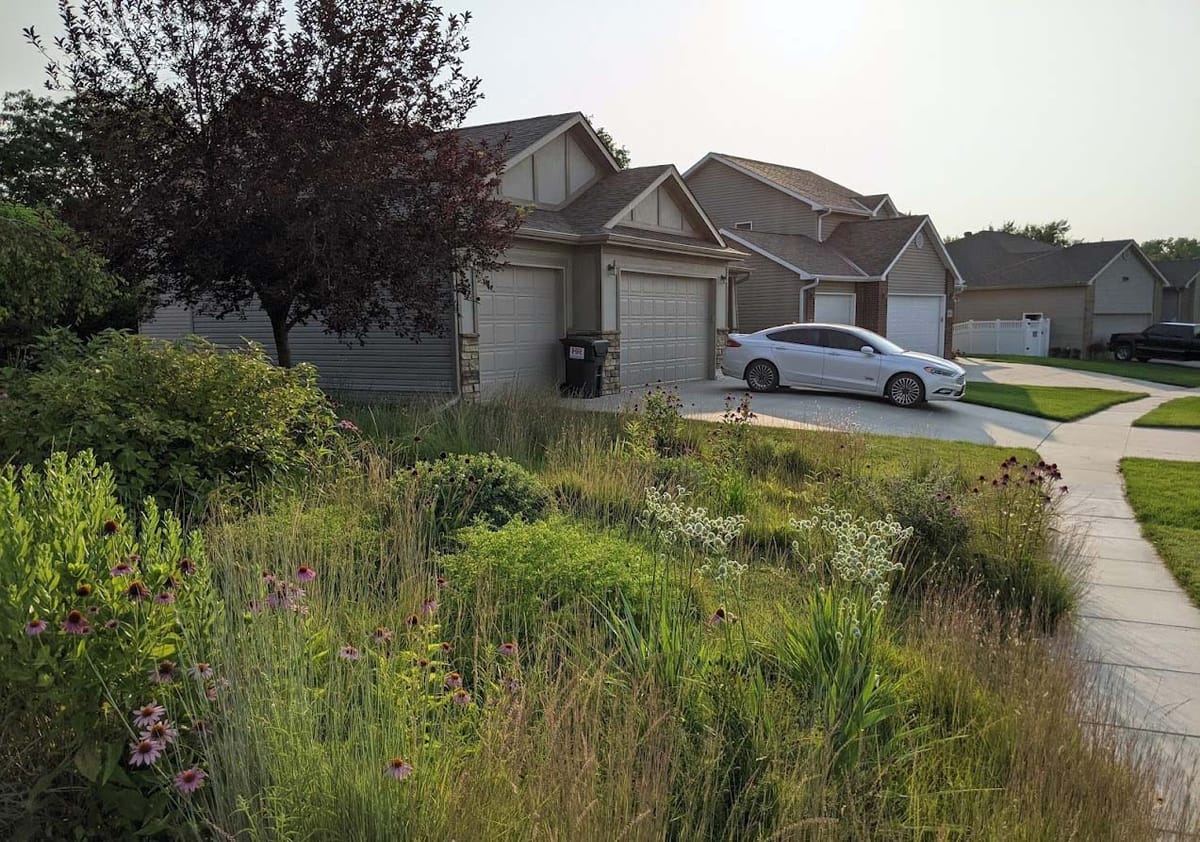
The plain and simple fact is that any time you make yourself stand out in this culture, the culture will try to force you back into the box. Any landscape that is not lawn will be automatically seen as weedy, messy and a general threat to the established cultural norms – even if we all know here that a lawn monoculture is a real communal and environmental threat in urban areas.
So the very difficult task for wildlife and natural gardeners is to try and create a bridge between the common expectations of what a yard or garden should look like (and where it should be), and the fairly recent expectations (1950s) that a lawn makes you a team player in the parkification of suburbia.
A totally wild, unkempt, cacophony of lawn-to-meadow conversion is a lost opportunity, and indeed, shooting ourselves in the foot.
In books and lectures and classes and pocket guides, I've worked hard to try and lay out what that bridge looks like and how to cultivate it. Strangely, the below bullet points of that bridge have also led to a sort of fracas between wildlife gardeners and garden designers. We are great at dividing ourselves as a species, but that's another topic entirely (maybe one embedded in A New Garden Ethic, which is now in its fourth printing). But if we're not employing commonsense design and management principles into natural spaces – using elements of design accepted by folks unfamiliar with natural design and thus afraid/dismissive/upset by it – we're simply adding to the problem. A totally wild, unkempt, cacophony of lawn-to-meadow conversion is a lost opportunity, and indeed, shooting ourselves in the foot.
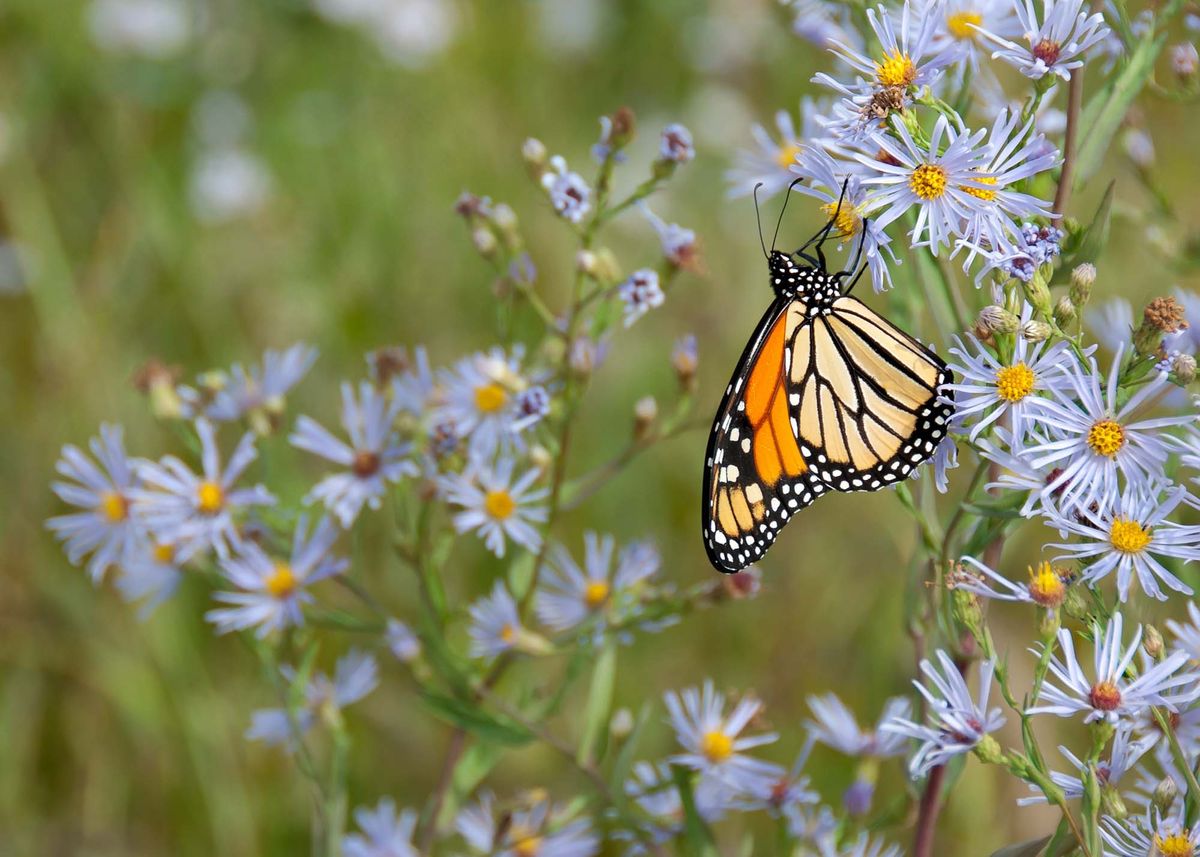
So what are some guiding principles for a more natural front-yard lawn conversion that, in a few small ways (that admittedly often feel feeble and fruitless), extends an olive branch to the monoculture, resource-intensive, dominant suburban culture?
- A limited plant palate based on square footage. The smaller the space, the smaller the species list should be so as not to visually overwhelm.
- A cohesive, single-hued green base layer, groundcover or matrix that ties the space together like a lawn might. This is colour theory 101.
- Always have one to three forb species in bloom at one time – and no more. Again, the smaller the space, the more this is important.
- No herbaceous perennial or annual plants taller than three to four feet (roughly a metre).
- Taller plants in the middle or back of beds. Nothing tall within four feet (1.2 m) of the sidewalk.
- Employ cues to care that help show intention and access: paths, benches, sculpture, bird bath, arbours, metal edging, a sign, etc.
- Don't use aggressive species. Research your plants to carefully match the site AND one another in the larger plant community.
- Arrange seasonal flowering plants in repeating masses and drifts. Repetition is pleasing to the eye and helps show cohesion. Massing also creates a bigger beacon and reduces energy expenditure for pollinators.
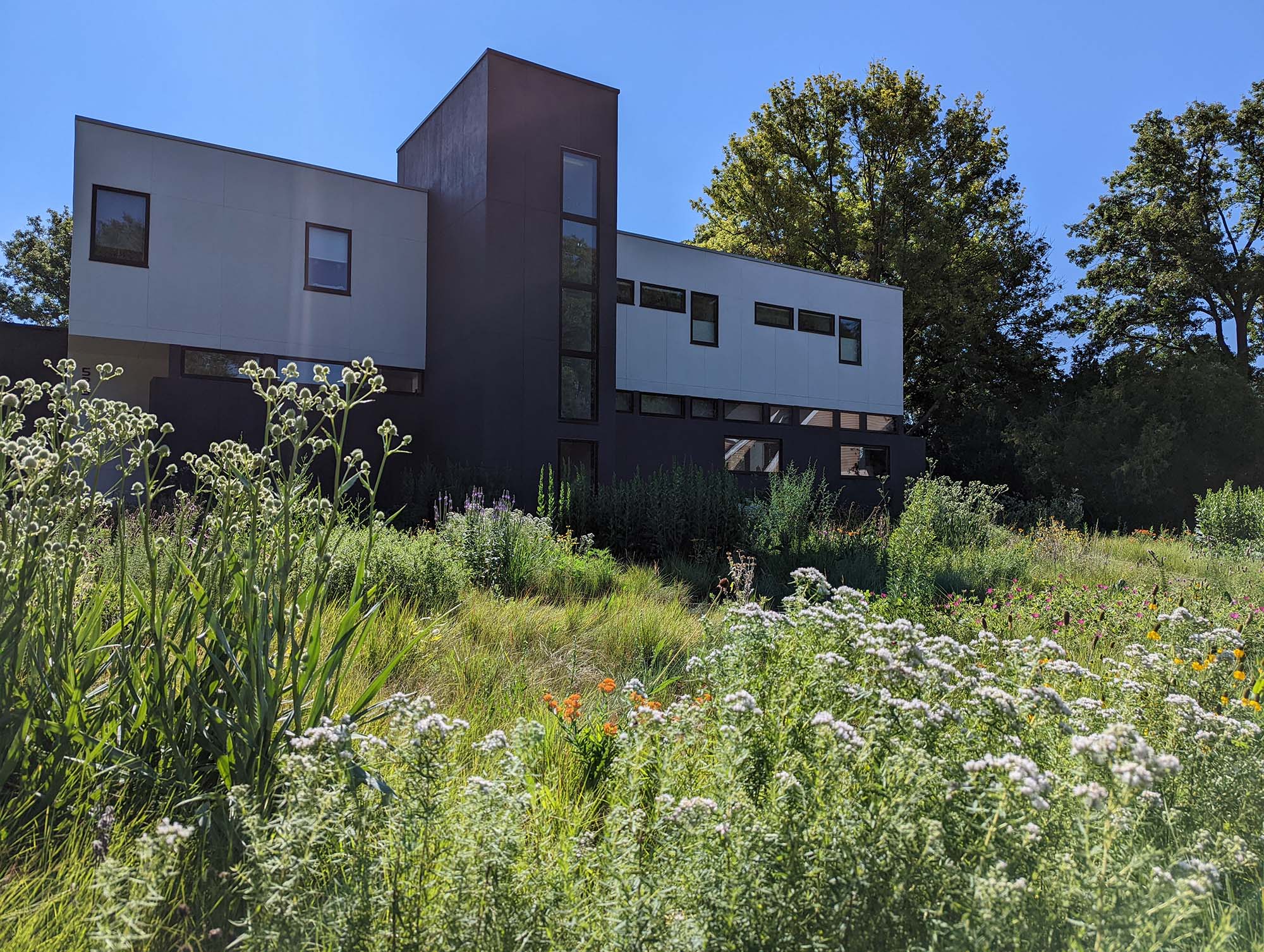
It is disheartening to see images of front yards, touted as liberation for wildlife and from the tyranny of our monocultures, without any eye toward design or accessibility that would be more welcoming to others.
Again, ANY landscape that isn't clipped lawn will be an affront, but we have to do better as advocates for change. None of the above bullet points will reduce the ecosystem services we urge for as wildlife gardeners conscious of climate change and mass extinction. However, just letting plants ramble about, get tall, flop into sidewalks – and appear totally dishevelled and out of control while blocking sight lines – is a detriment to what we hope to achieve as we work for equity among all species by encouraging neighbours to rethink lawn monocultures.
Soon enough water restrictions will force the issue, especially in the West and Plains where we're writing to you from. At some point – even our local weed control officials admit – we won't be able to have the traditional lawns we have now.
In the meantime, it behooves us to design AND MANAGE spaces with intention, knowing the plants and tending the space as a new kind of gardener – not a gardener who applies herbicides or annual mulch applications or fertilizers that pollute waterways, but a gardener who learns plants and maintains a sensible balance of design and activism for a healthier future.
Benjamin Vogt is the author of A New Garden Ethic and the bestselling Prairie Up: An Introduction to Natural Garden Design. He owns the design firm Monarch Gardens and his work has been featured in Dwell, Fine Gardening, Horticulture, Midwest Living, The New York Times and the Wall Street Journal.





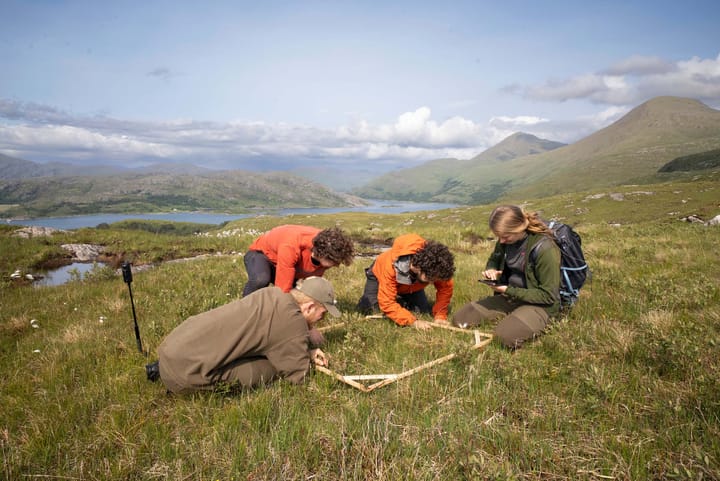


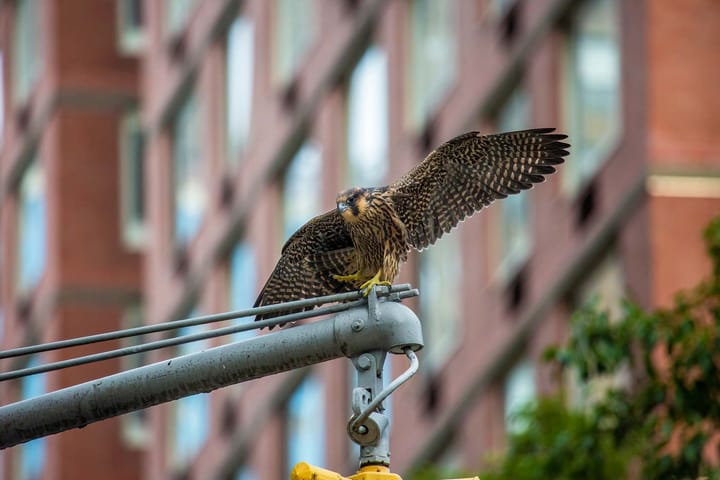

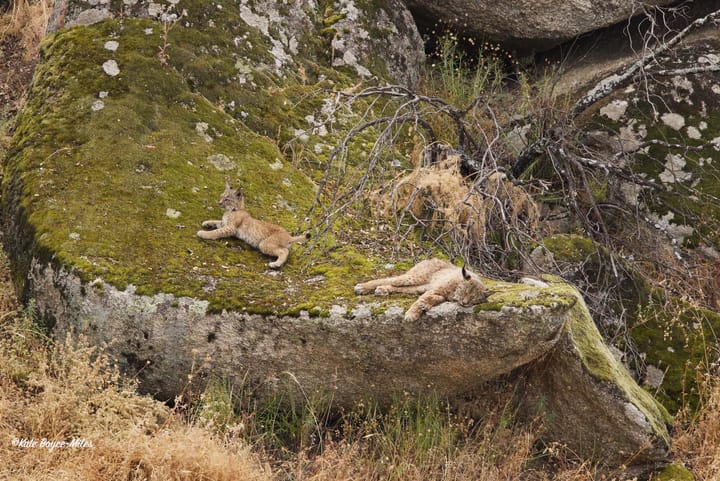
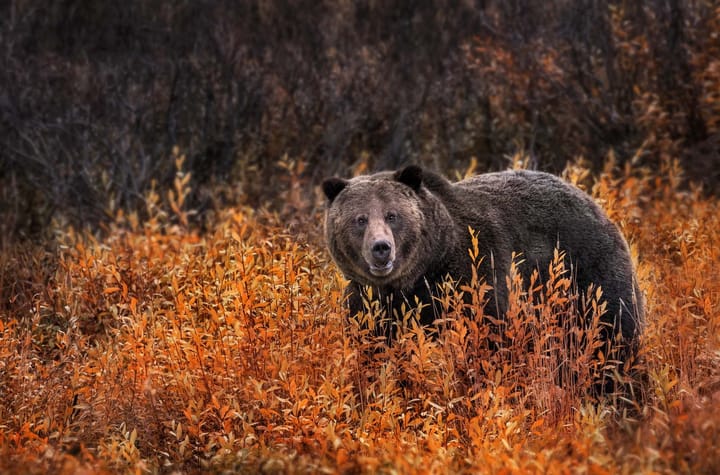

Comments ()